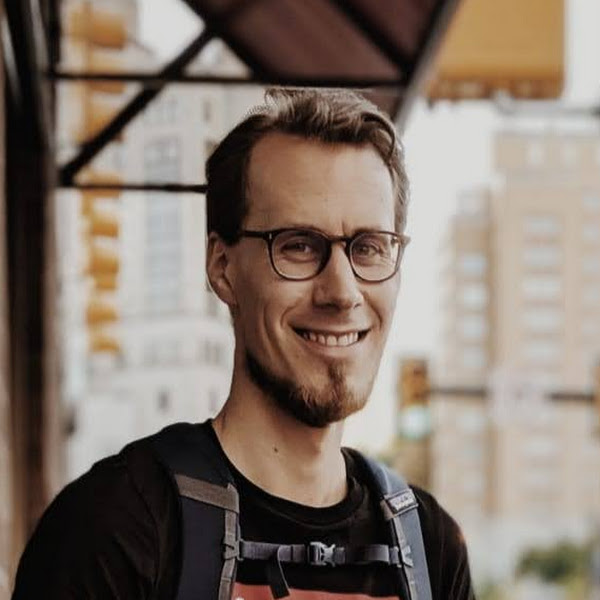
Thiemo Alldieck
Research Areas
Authored Publications
Sort By
Google
VLOGGER: Multimodal Diffusion for Embodied Avatar Synthesis
Enric Corona
Andrei Zanfir
Proceedings of the Computer Vision and Pattern Recognition Conference (CVPR) (2025)
DiffHuman: Probabilistic Photorealistic 3D Reconstruction of Humans
Akash Sengupta
Enric Corona
Andrei Zanfir
Proceedings of the IEEE/CVF Conference on Computer Vision and Pattern Recognition (CVPR) (2024)
SPHEAR: Spherical Head Registration for Complete Statistical 3D Modeling
Andrei Zanfir
Teodor Szente
Mihai Zanfir
International Conference on 3D Vision (2024)
Instant 3D Human Avatar Generation using Image Diffusion Models
Enric Corona
European Conference on Computer Vision (ECCV) (2024)
Score Distillation Sampling with Learned Manifold Corrective
European Conference on Computer Vision (ECCV) (2024)
DreamHuman: Animatable 3D Avatars from Text
Andrei Zanfir
Mihai Fieraru
Advances in Neural Information Processing Systems (2023)
Structured 3D Features for Reconstructing Controllable Avatars
Enric Corona
Mihai Zanfir
Andrei Zanfir
Proceedings of the IEEE/CVF Conference on Computer Vision and Pattern Recognition (CVPR) (2023)
Photorealistic Monocular 3D Reconstruction of Humans Wearing Clothing
Mihai Zanfir
Proceedings of the IEEE/CVF Conference on Computer Vision and Pattern Recognition (CVPR), IEEE (2022)
imGHUM: Implicit Generative Models of 3D Human Shape and Articulated Pose
Hongyi Xu
Proceedings of the IEEE/CVF International Conference on Computer Vision, IEEE (2021), pp. 5461-5470
